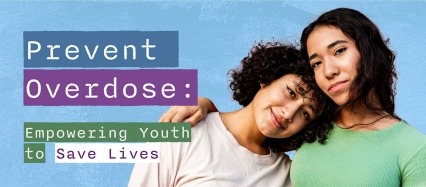National Drug and Alcohol Facts Week® (NDAFW) is an annual event focused on the science of drug use and addiction that educates and empowers youth to make informed decisions about substance use and their health.
Thank you for participating in NDAFW 2025. NDAFW is currently paused.

Why Participate in NDAFW?
- Join hundreds of communities across the U.S. and around the world.
- Share the science on substance use and addiction.
- Learn lifesaving skills focused on overdose awareness and response.
- Empower youth to make informed choices about their health.

